What is a cell?
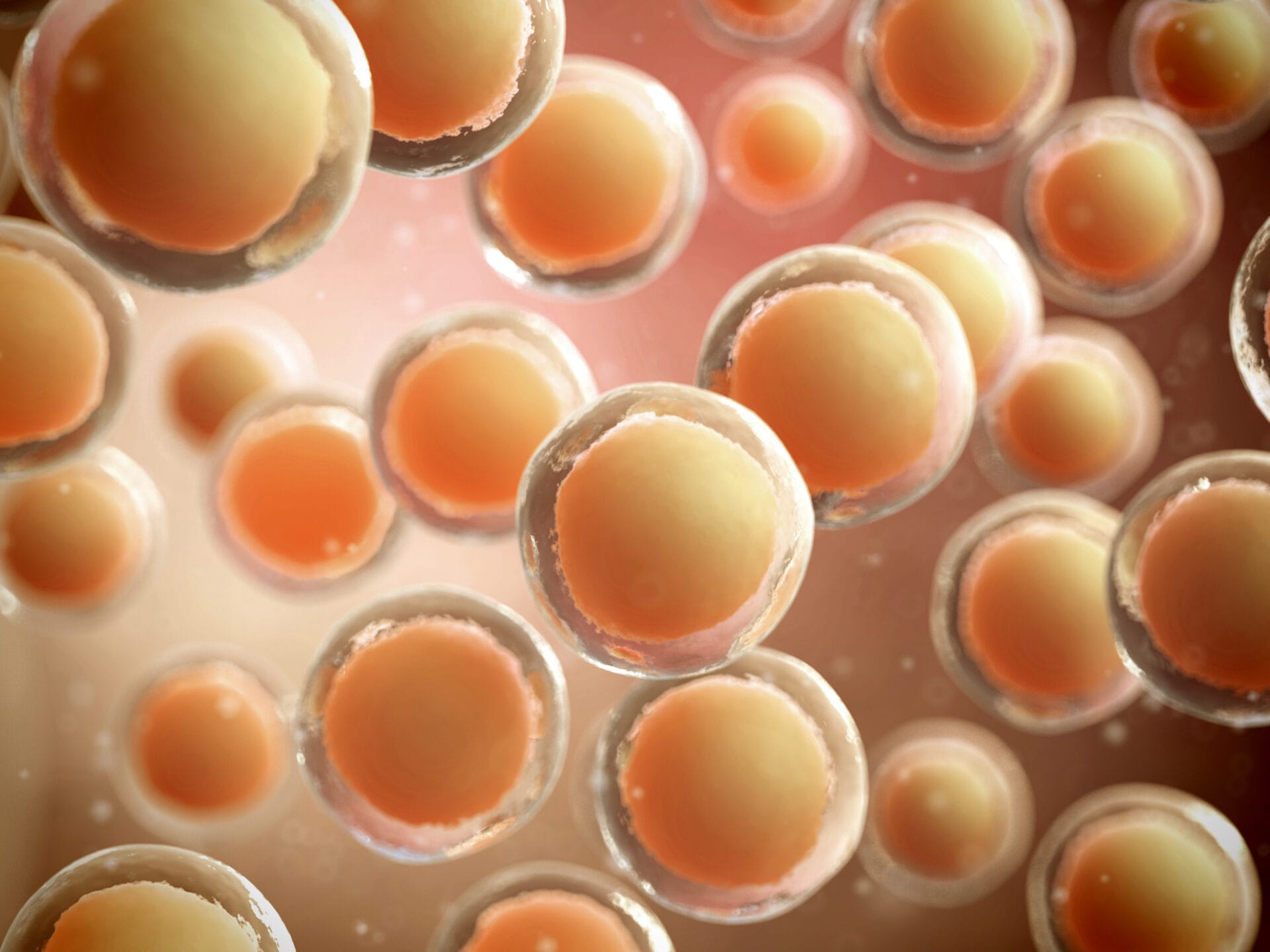
All living things are made of cells. They are the basic building blocks of life. The human body is composed of trillions of cells, all with their own specialised function.
- Cells are the basic structures of all living organisms.
- Different cells have different functions – such as taking in nutrients from food, providing structure for the body, or fighting infection.
- Cells can group together to form tissues. In turn, tissues group together to form organs, such as the heart and brain.
Inside the cell
- Most cells contain functional structures called organelles. They carry out important tasks like making proteins, processing chemicals and generating energy.
- At the centre of the cell is the nucleus, which acts as the ‘control room’ and coordinates the cell’s activities.
- The nucleus also stores the genome. This holds the genetic instructions that a cell needs to carry out its function.
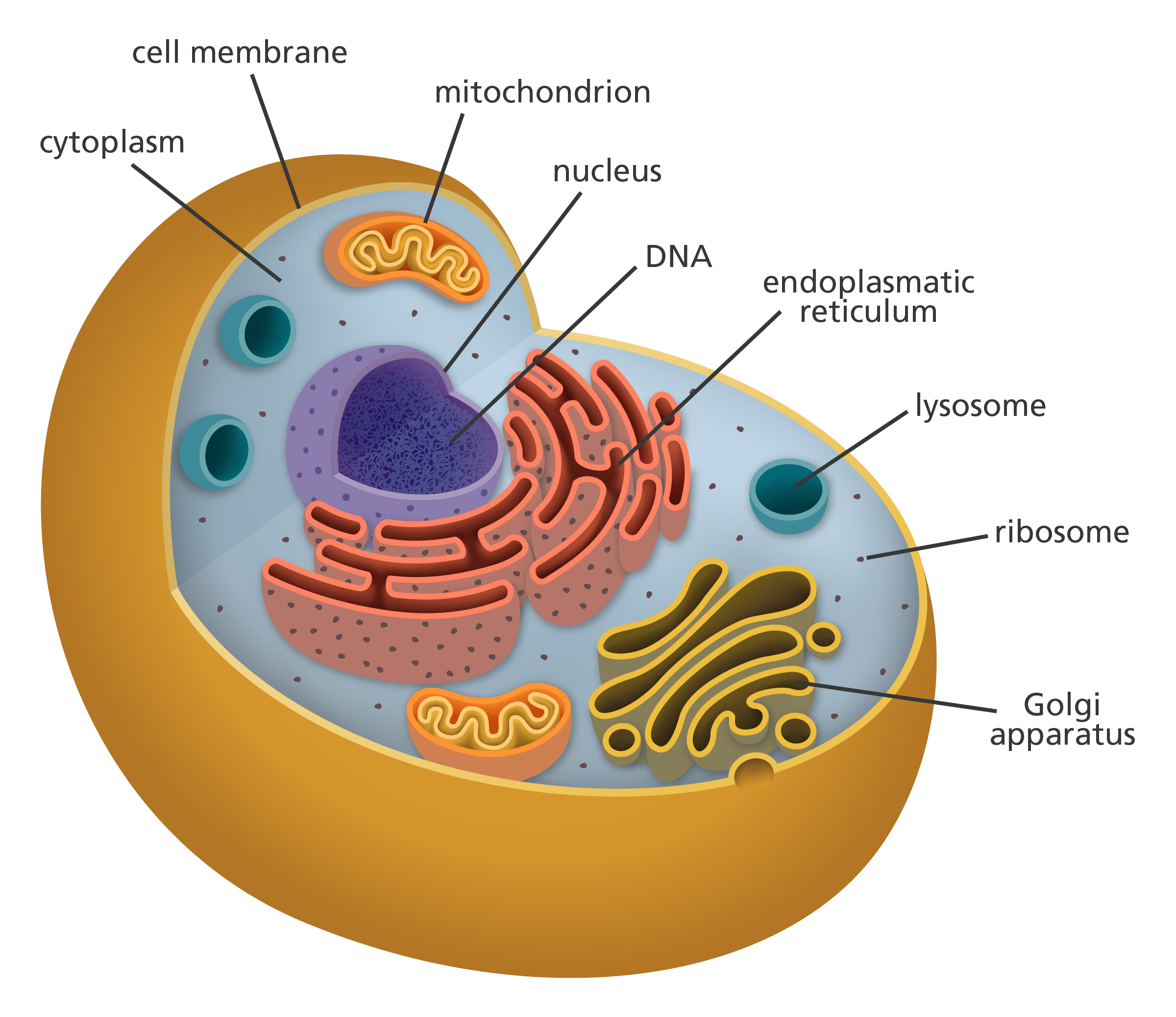
Illustration showing the structures of an animal cell. Image credit: Laura Olivares Boldú / Wellcome Connecting Science
Different forms of life have different types of cells
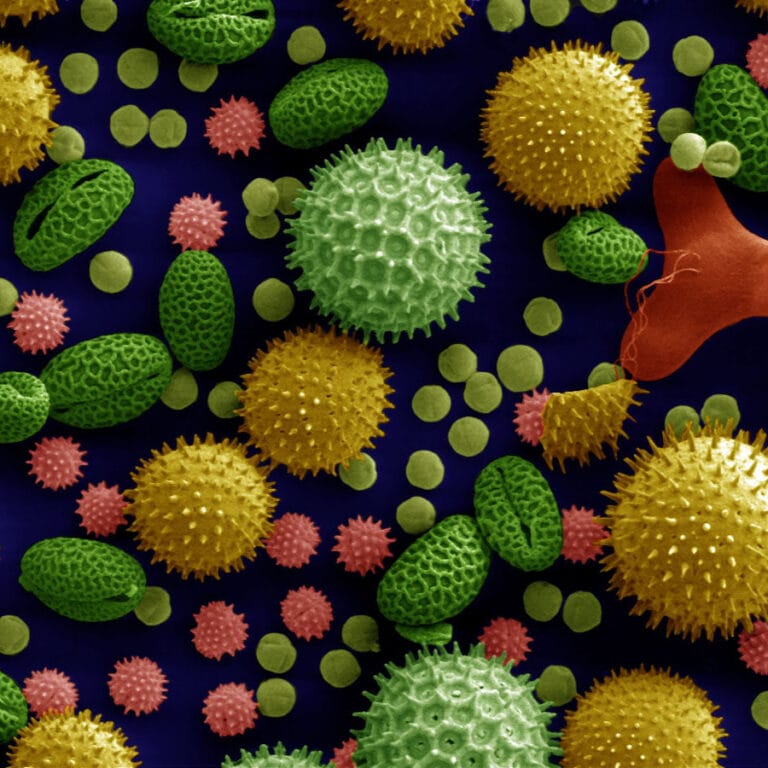
All living things are made up of cells
But different forms of life – such as animals, plants and bacteria – have different types of cells.
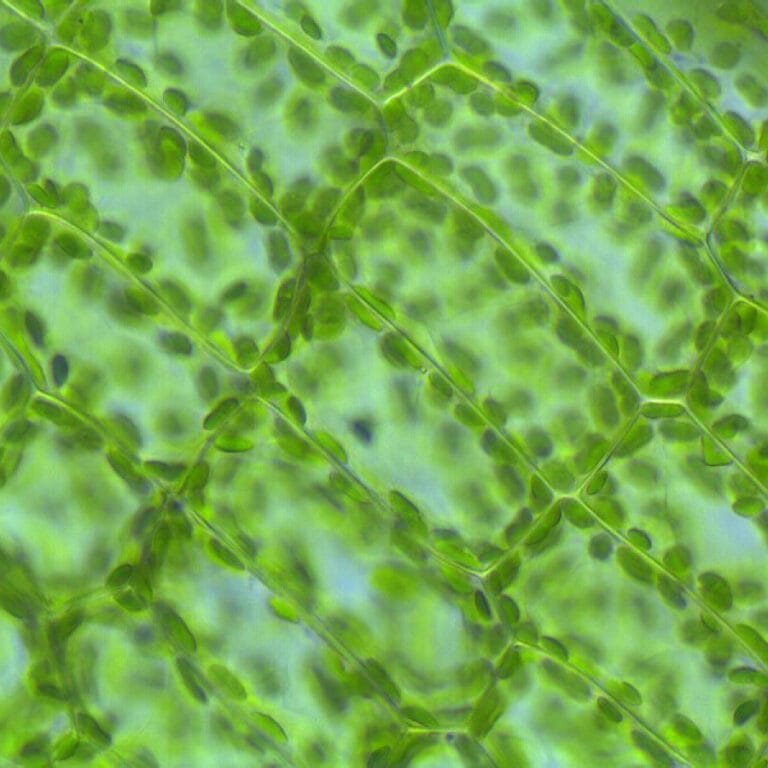
Since animals and plants have very different lives, their cells need to be different in several ways.
For example, plant cells have a special cell wall, which makes them very rigid and able to draw water up from the soil.
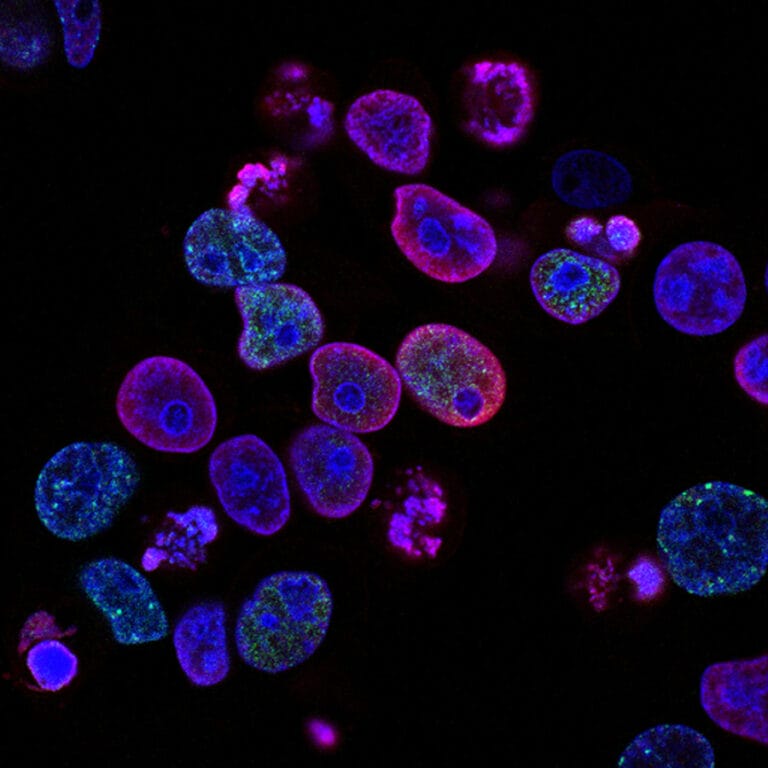
Animals and plants are called multicellular organisms.
This is because they are made up of many cells.
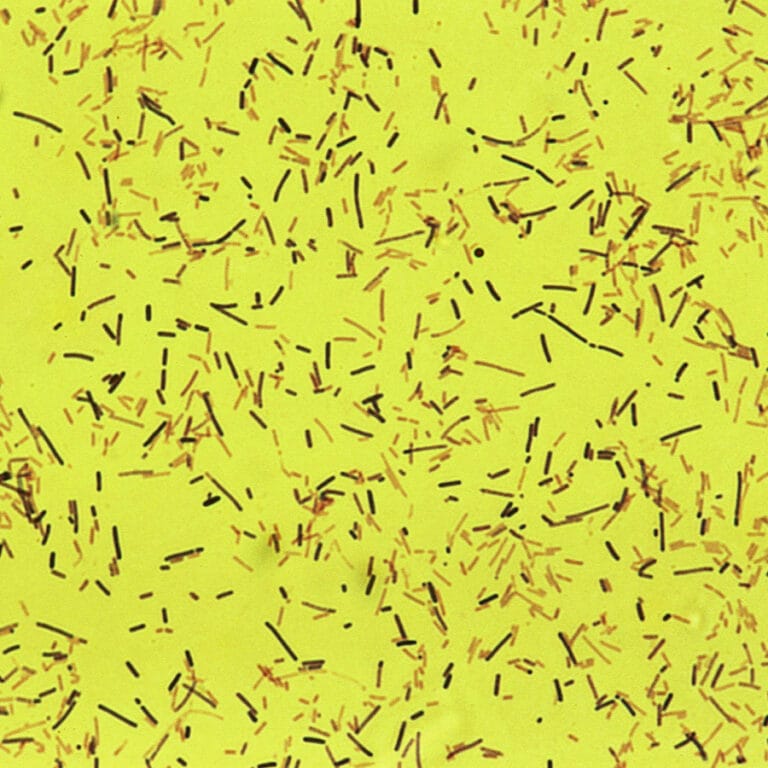
Bacterial cells are very different to animal and plant cells.
For example, their DNA is not stored in a nucleus – instead it floats inside the cell. Bacteria are single-celled organisms, known as unicellular.